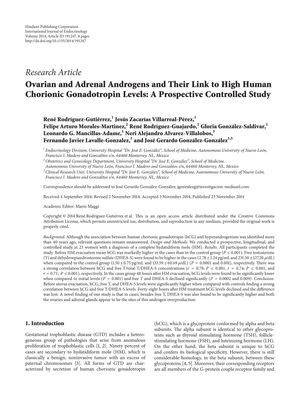TLDR Women with a certain type of tumor had higher levels of pregnancy hormone and male hormones, which decreased after treatment.
In the 2014 study involving 23 women with complete hydatidiform mole (HM) and 23 healthy pregnant controls, researchers discovered that before HM evacuation, the HM group had significantly higher levels of human chorionic gonadotropin (hCG), free testosterone, and dehydroepiandrosterone sulfate (DHEA-S) compared to the control group. There was a strong correlation between hCG and androgen levels. After HM treatment, hCG and androgen levels significantly decreased in the HM group. The study concluded that the ovaries and adrenal glands might be the source of androgen overproduction in HM cases, likely due to the stimulation of these glands by high hCG levels, a phenomenon referred to as the spillover effect. Clinical signs of hyperandrogenism were not observed, and hormone levels, including thyroid function, returned to normal two weeks post-evacuation.
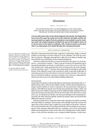 271 citations
,
December 2005 in “New England journal of medicine/The New England journal of medicine”
271 citations
,
December 2005 in “New England journal of medicine/The New England journal of medicine” The document likely offers guidance on treating a woman's excessive hair growth, considering her symptoms and obesity.
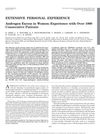 947 citations
,
February 2004 in “The Journal of Clinical Endocrinology and Metabolism”
947 citations
,
February 2004 in “The Journal of Clinical Endocrinology and Metabolism” Most women with excess male hormones have Polycystic Ovary Syndrome, and hormonal therapy can improve symptoms but may cause side effects.
51 citations
,
November 1988 in “The Journal of Clinical Endocrinology & Metabolism” Higher levels of a specific hormone are linked to more chest hair and acne in men.
 666 citations
,
September 1977 in “British Journal of Dermatology”
666 citations
,
September 1977 in “British Journal of Dermatology” Common baldness, also known as Androgenetic Alopecia, is caused by a combination of genetic factors and hormones called androgens.
3 citations
,
January 2018 in “Frontiers in bioscience” Daily subcutaneous testosterone effectively restores testosterone levels in men.
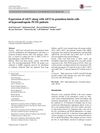 24 citations
,
March 2017 in “Archives of Gynecology and Obstetrics”
24 citations
,
March 2017 in “Archives of Gynecology and Obstetrics” The study found that women with hyperandrogenic PCOS have higher levels of AKT1 and AKT2 proteins in their cells, which may lead to cell dysfunction.
 April 2023 in “Clinical Chemistry and Laboratory Medicine”
April 2023 in “Clinical Chemistry and Laboratory Medicine” The document concludes that inflammation markers can be used in diabetes, vitamin D3 affects immune pathways, hyperthyroidism changes hormone levels, androgen levels help diagnose Adrenocortical Carcinoma, erectile dysfunction is linked to diabetes, hypogonadism is common in HIV-infected males, and hormones can be biomarkers for various conditions.
 77 citations
,
May 2012 in “Expert Opinion on Emerging Drugs”
77 citations
,
May 2012 in “Expert Opinion on Emerging Drugs” New treatments for male hypogonadism are effective and should be personalized.
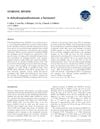 403 citations
,
November 2005 in “Journal of Endocrinology”
403 citations
,
November 2005 in “Journal of Endocrinology” Dehydroepiandrosterone (DHEA) is a prohormone important for producing sex steroids and has potential health benefits.
